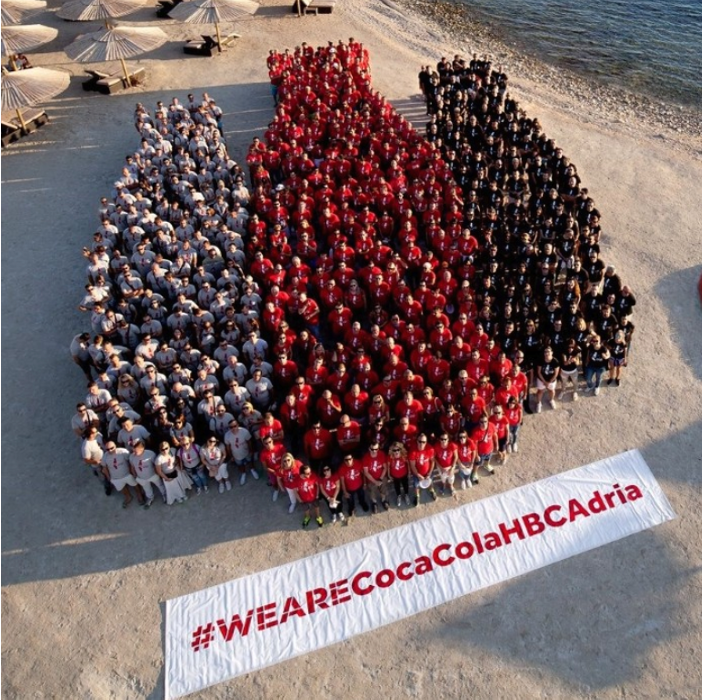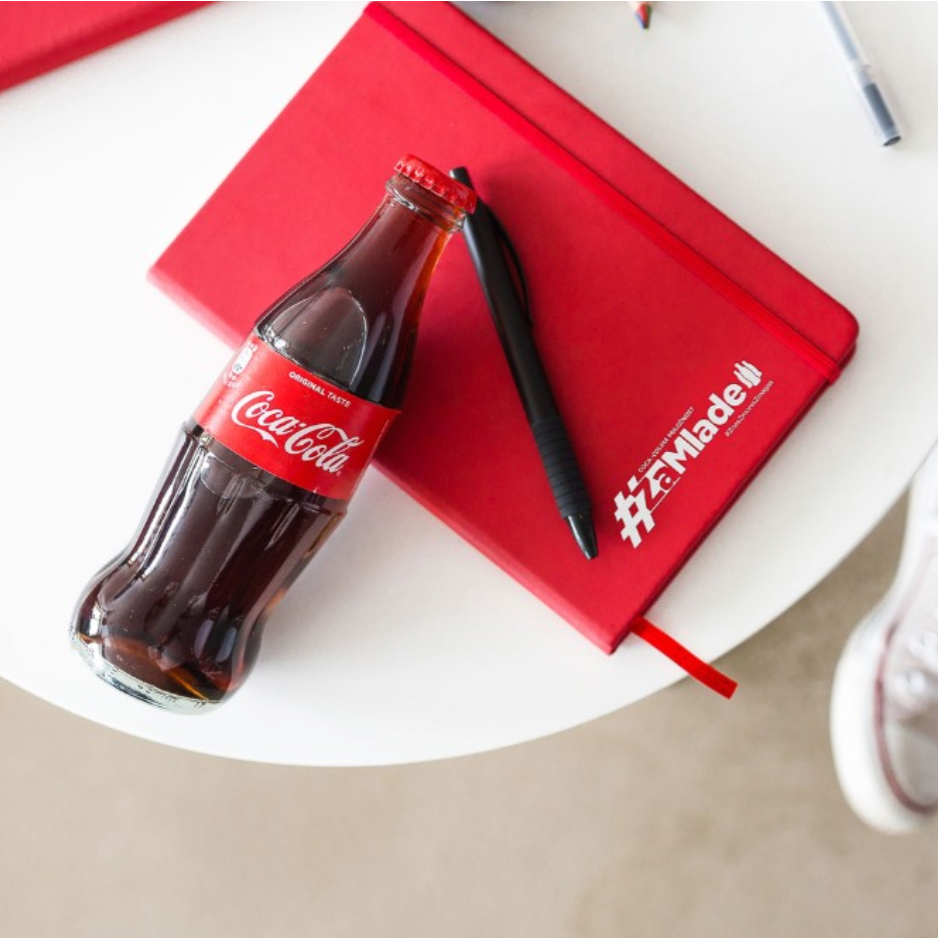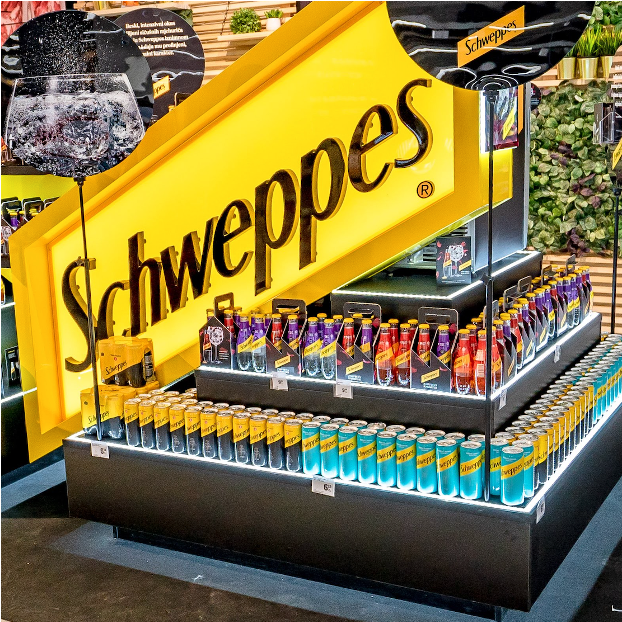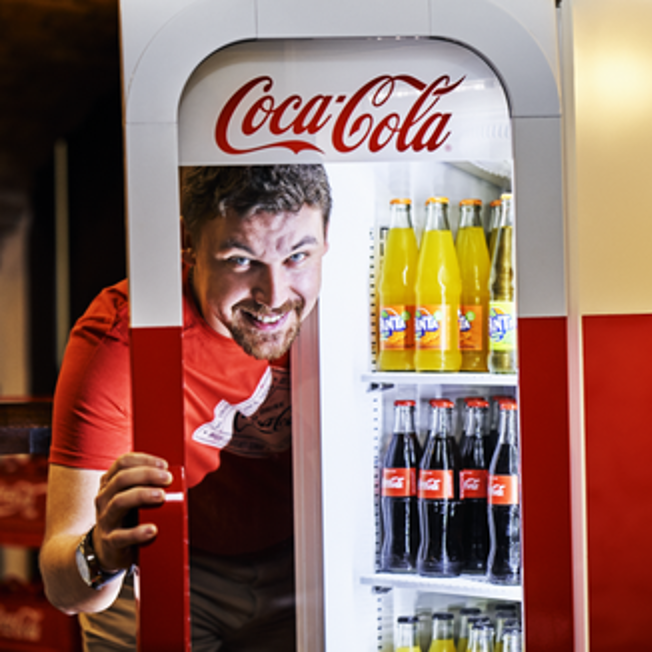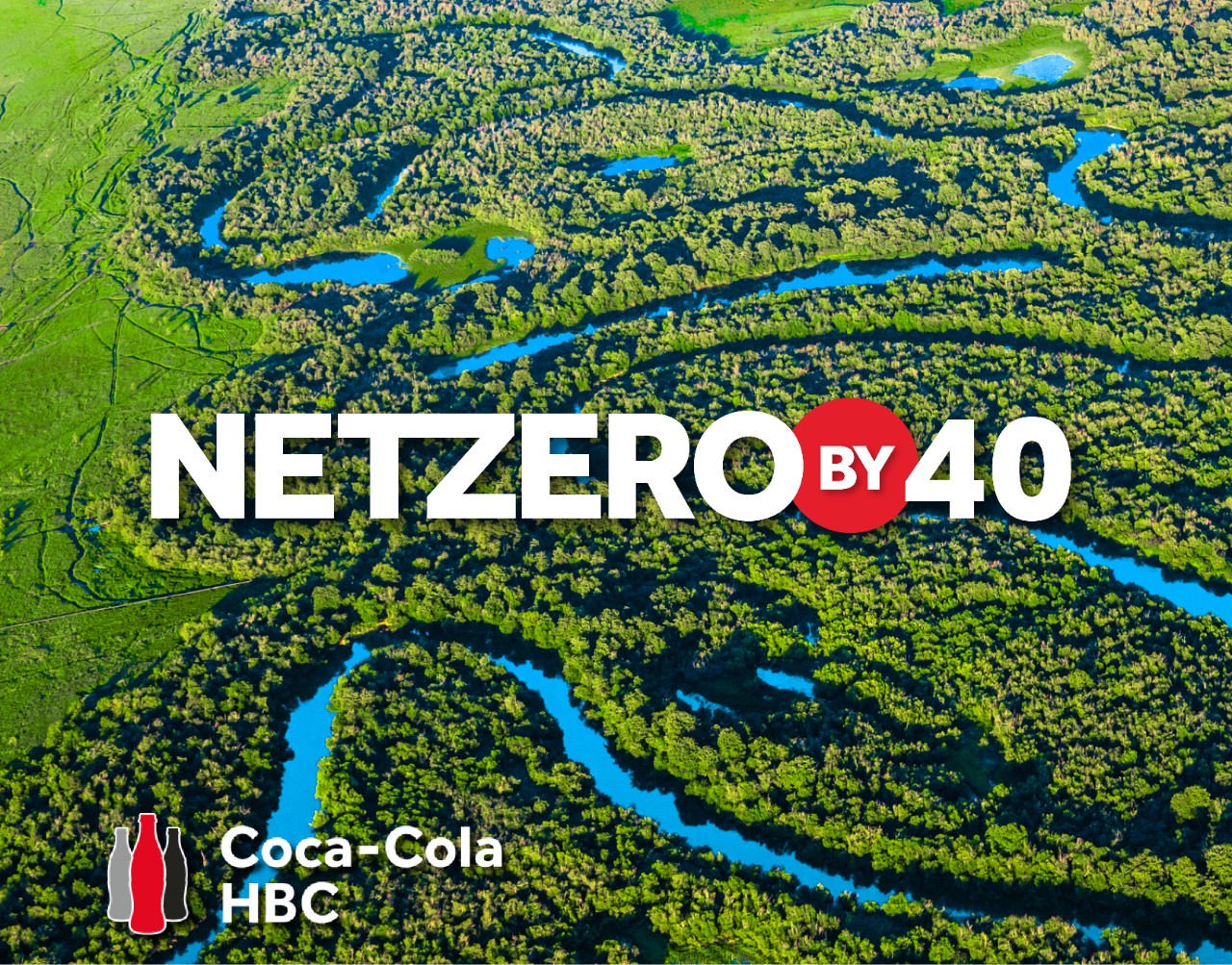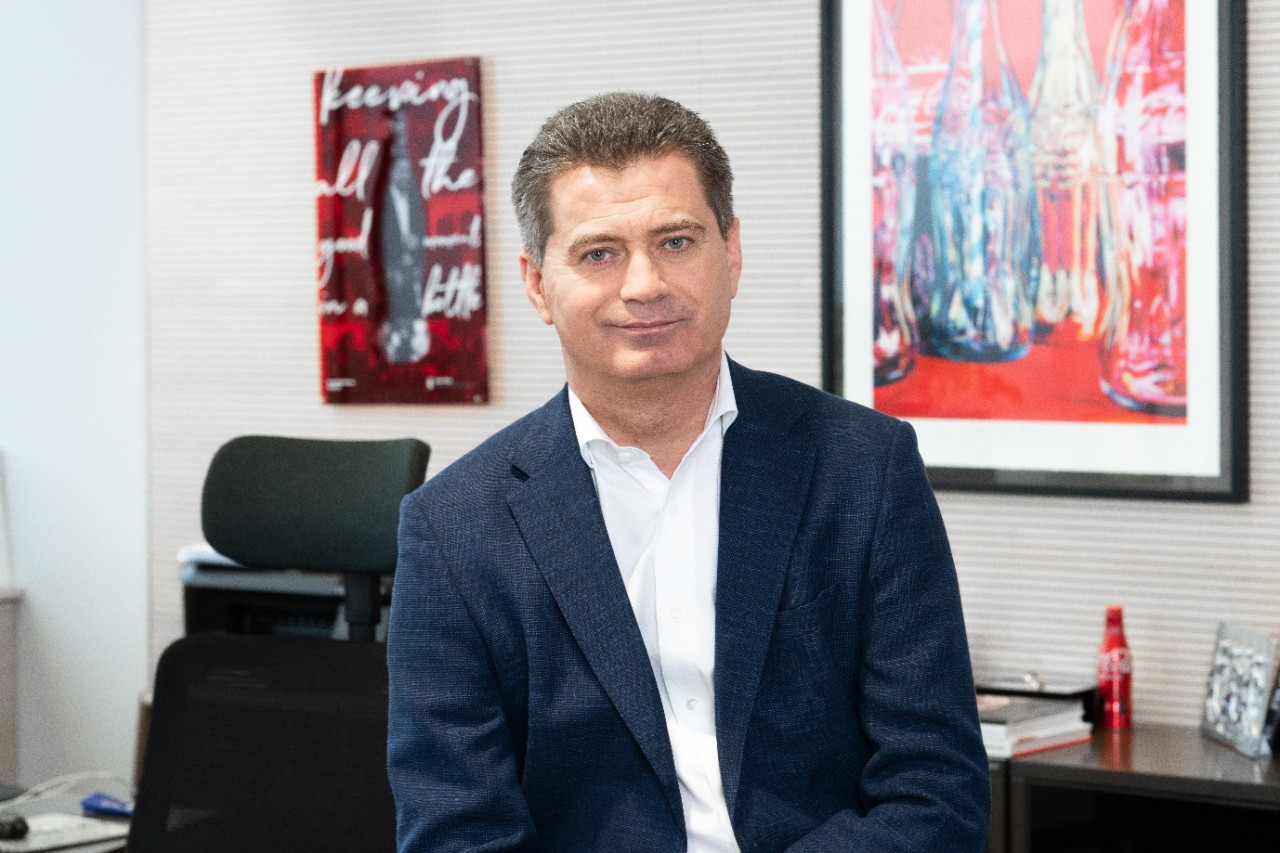A Robust Plan
To achieve its targets, Coca-Cola HBC will:
- Invest € 250 million in emission reduction initiatives by 2025
- Continue to decarbonise its operations by switching to 100 % renewable electricity and low carbon energy sources through continuous improvements and innovations in energy efficiency
- Accelerate its journey towards a circular, low-carbon packaging approach by increasing rPET use, adopting packageless and refillable options, and removing plastics in secondary packaging
- Provide energy-efficient and environmentally friendly coolers to its customers
- Reduce emissions from agricultural ingredients
- Implement a Green Fleet program in order to switch to low or no-carbon vehicles.
Furthermore, the company has included CO2 emission reduction targets as a component of its long-term incentive plans.
A Strong Track Record
Coca-Cola HBC is one of the first companies to commit to and deliver on science-based targets. In the past decade, the company cut its direct emissions by 50 %, and its roadmap for achieving further reduction in CO2 emissions by 2030 has already been confirmed and endorsed in alignment with the goal to limit the increase in global temperature to 1.5°C above the pre-industrial revolution level.
In March 2021, Coca-Cola HBC was rated the world’s most sustainable beverage company based on its ranking in the Dow Jones Sustainability Index for the fifth time in the past seven years, achieving its best score so far. The company also ranks high on various ESG performance lists, such as CDP, MSCI ESG and FTSE4Good.
* In accordance with the methodology we use, we distinguish three categories of sources of greenhouse gas emissions which we measure and report about:
- Scope 1 – direct emissions from the fuel we use in our bottling facilities, offices and distribution centres, as well as from the fuel used to power our fleet
- Scope 2 – indirect emissions from our business activities, electricity and other energy sources that we use
- Scope 3 – all indirect GHG emissions within our value chain, such as those resulting from the production of the raw materials we use (sugar, fruit concentrate, and packaging), those resulting from the electricity used to power customer coolers, and those resulting from fuel used by our logistics and transportation partners.
Scope 1 and 2 GHG emissions account for 11 % of total emissions, while Scope 3 emissions account for the largest part.
